How to clean and store raspberries
Jul 18, 2012, Updated Aug 01, 2025
This post may contain affiliate links. Please read our disclosure policy.
Here’s how to clean and store raspberries so that they last as long as possible!
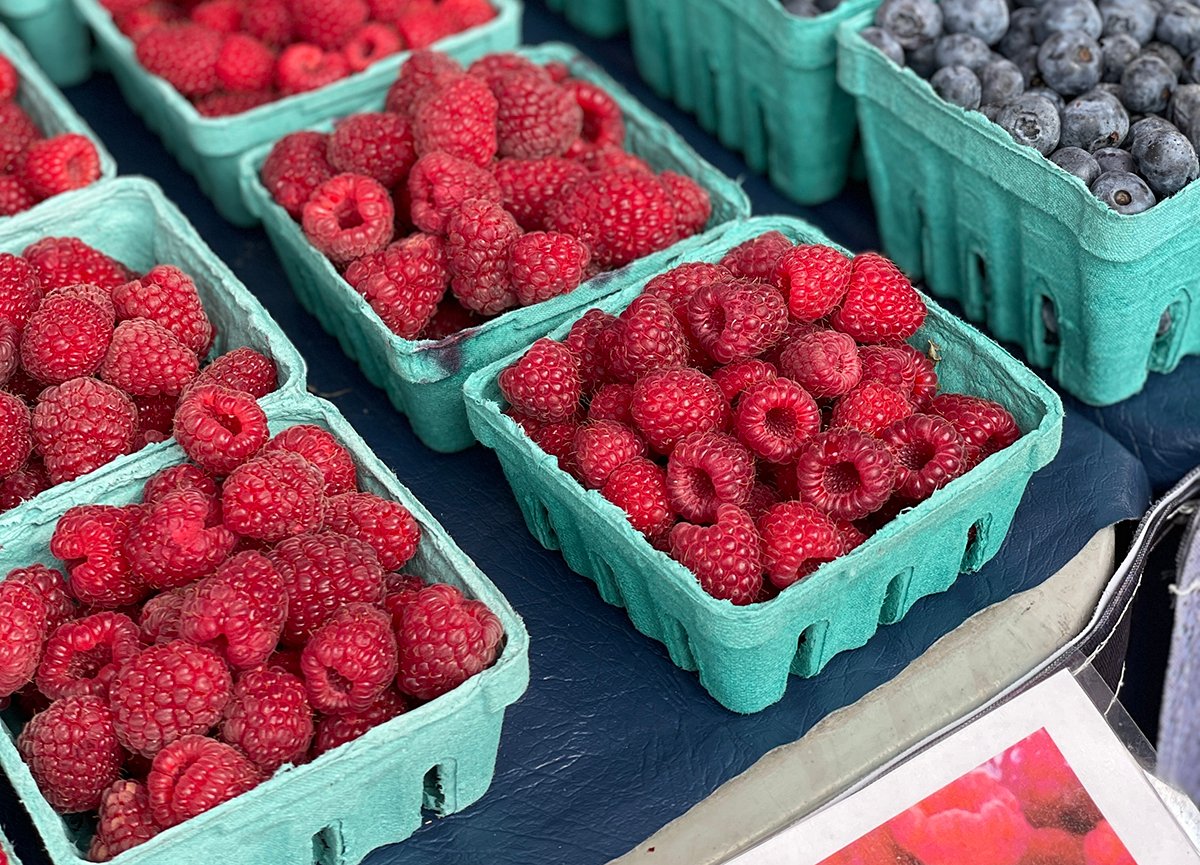
Up north here in Michigan, raspberry season gets us all revved up to pick an absolute ton, with the whole family enlisted to get the job done. But then: how to store berries, so many of them!, so they’ll be nice when we’re able to get after doing something beyond just eating them?
Here’s the best way to clean and store raspberries, avoiding common mistakes that can lead to mold growth or a poor taste.
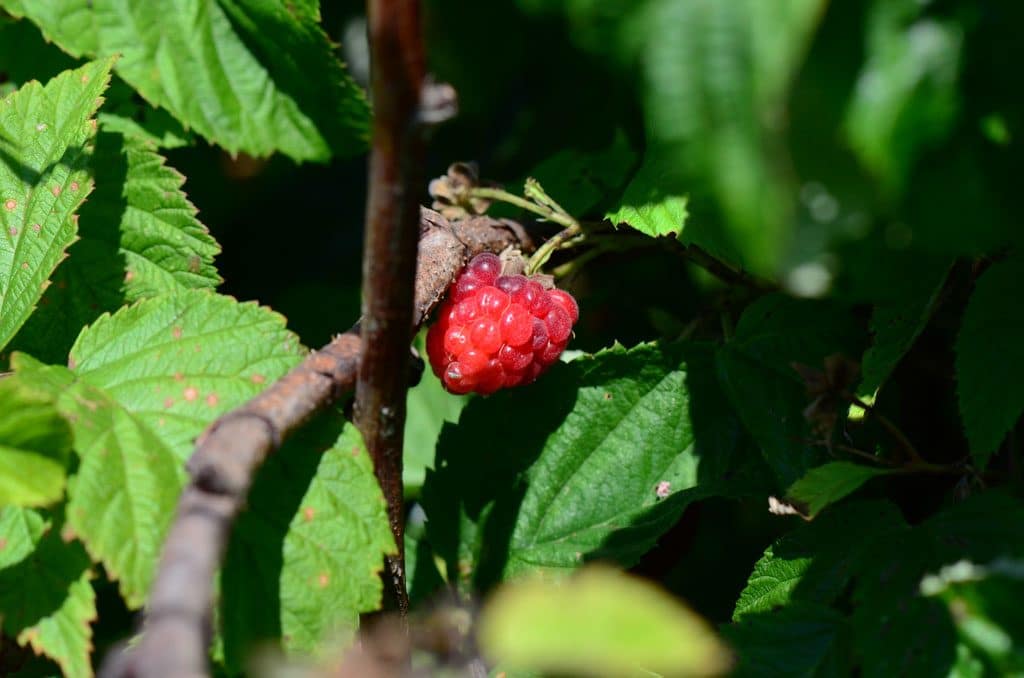
Tips for Selecting Fresh Raspberries
When you pick them its the same as when you buy them at the grocery store or farmers’ market by the pint: look for plump, vibrant, and firm raspberries. Whether you buy them at the grocery store or farmers’ market, selecting fresh produce with no moldy berries or signs of damage is essential. The goal is to preserve their sweet taste and delightful texture for as long as possible.
The most ideal raspberries, and any fresh fruit really, is organic. That way you don’t have to worry about removing pesticides (and some can’t be of course, as it’s “in” the fruit) from delicate fruits like raspberries.
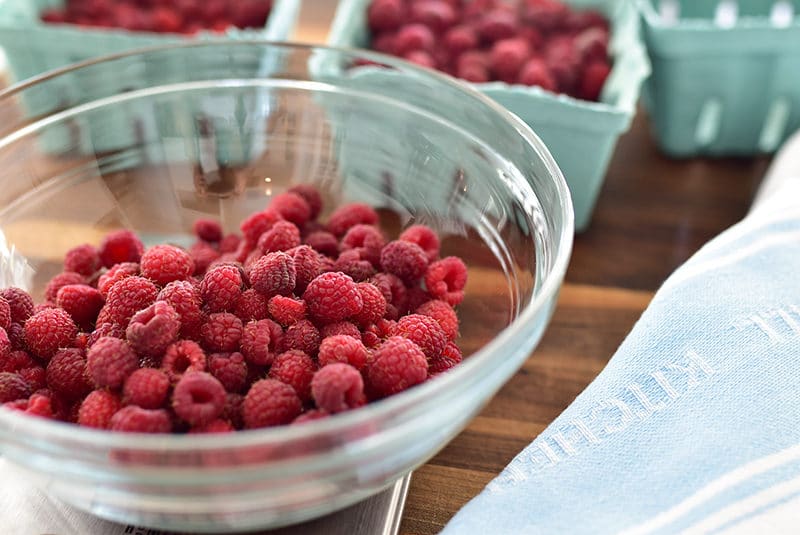
How to Clean Raspberries
Since raspberries are especially delicate, cleaning them properly is a good idea to remove pesticide contamination and dirt. Here are some options:
- Don’t clean raspberries until you’re ready to eat or use them. The minute you add water to the mix, raspberries will start to soften.
- Cleaning options: my simple way of cleaning raspberries is to gently (key!) dunk them in cold water. I say “dunk” because rinsing, or blasting with cool water from the faucet, can damage their delicateness. Another option that ensures elimination of bacteria, mold spores, and residual pesticides is to dunk them in a vinegar solution of 1 part white vinegar with 3 parts cool water. Make sure this is a short soak of a minute. Then dunk them in plain cool water for a final rinse to remove any vinegar taste.
- Avoid hot or warm water: anything but cool water can soften the berries too much and diminish their quality.
- Drain Excess Water: Place rinsed raspberries in a colander or on a paper towel-lined surface to drain excess moisture. Excess moisture is a common mistake that accelerates spoilage.
How to Store Raspberries
Once cleaned, storing raspberries properly is key to extend their shelf life, which is typically 1-2 days if stored at room temperature about a week or longer if refrigerated.
- Use Paper Towel or cloth as a liner for storage. Transfer fresh berries to a new container right when you get them, or at least separate them and return them to the container. This gives them air, separates them, and extends their life. Use a breathable container rather than an airtight container. Be sure to line the container with paper towel (or a light cloth, but it may stain). This helps absorb any lingering moisture and keeps the berries fresher longer.
- Keep them in the Refrigerator: Raspberries are delicate, and their shelf life can be extended dramatically by storing them in the fridge. Place the container on a crisper drawer or an area of the fridge with stable temperature.
- Avoid the Original Container: Transferring fresh raspberries from their original container helps prevent mold growth and reduces the risk of crushing delicate berries.
- Give them a shake. If you aren’t going to use the berries within a day, each day take the container and give it a gentle shake to loosen the berries touching one another, so they don’t stick together. You can also take a moment to gently pour them out onto a fresh paper towel, giving them some air, then return them to the container and back into the refrigerator. Precious little things, aren’t they?!
Tips for Better Storage and Usage
- Don’t Wash Before Storing: It’s best to rinse raspberries just before eating or using. Washing them beforehand and then storing increases the chance of mold growth due to excess moisture.
- Use a Sheet Pan or Baking Sheet for Drying: After washing, spread berries out in a single layer on a sheet pan or baking sheet lined with paper towels. This way they dry quickly and thoroughly, reducing mold risk.
- Eat Within 1-2 Days: For optimal freshness and flavor, eat or use your raspberries within this time frame. If you want to enjoy fresh blueberries or other berries, follow a similar washing and storing process.
Common Mistakes to Avoid
- Avoid Hot Water or Warm Water: These can damage delicate berries and lead to spoilage.
- Don’t Store Wet Berries: Always dry berries thoroughly before storing in the fridge. Excess water increases the risk of mold growth.
- Be Gentle: Raspberries have a fragile nature. Handle them gently when washing and transferring!
Serving ideas
Clean berries are perfect for enjoying on their own or adding to other dishes. Make raspberry jelly or my easy Raspberry Jam. Add them to yogurt or smoothies. Garnish a gorgeous (yet easy) Chocolate Torte. Raspberries are so good with ice cream, a fruit salad (add them after you stir up the salad, so they don’t break apart), or to make a delicious cocktail.

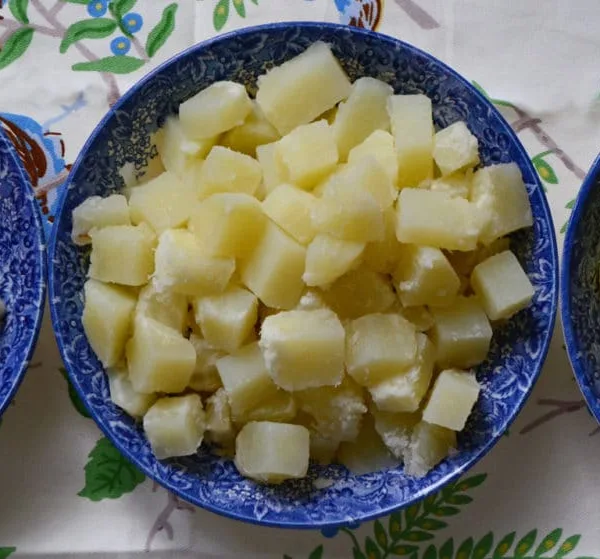
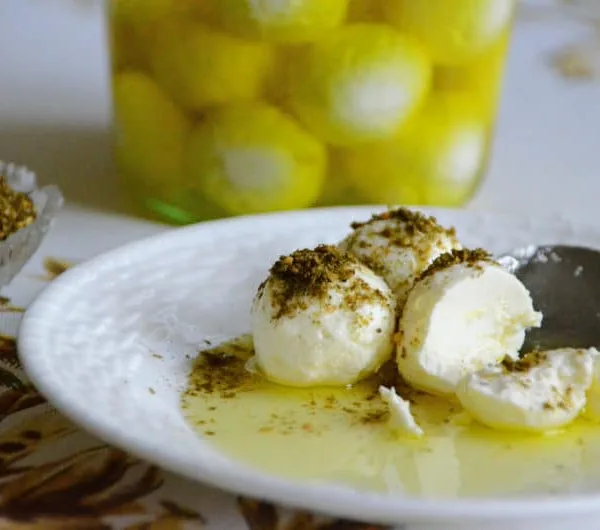








pesticides are real and toxic
I dont like to wash raspberries either but i have little black bugs i cant get off without washing. Any suggestions?
I’ve had that problem as well and it just took inspecting every berry and getting the bugs off by hand…
I have the how-to-freeze-strawberries conundrum every year. I do wash and hull the berries, so there’s oodles of moisture. I use quart bags, and generally everything freezes in one messy red lump. So I slap the bags down hard on the counter. Throw them, really. Usually repeatedly. It’s very loud and inelegant.